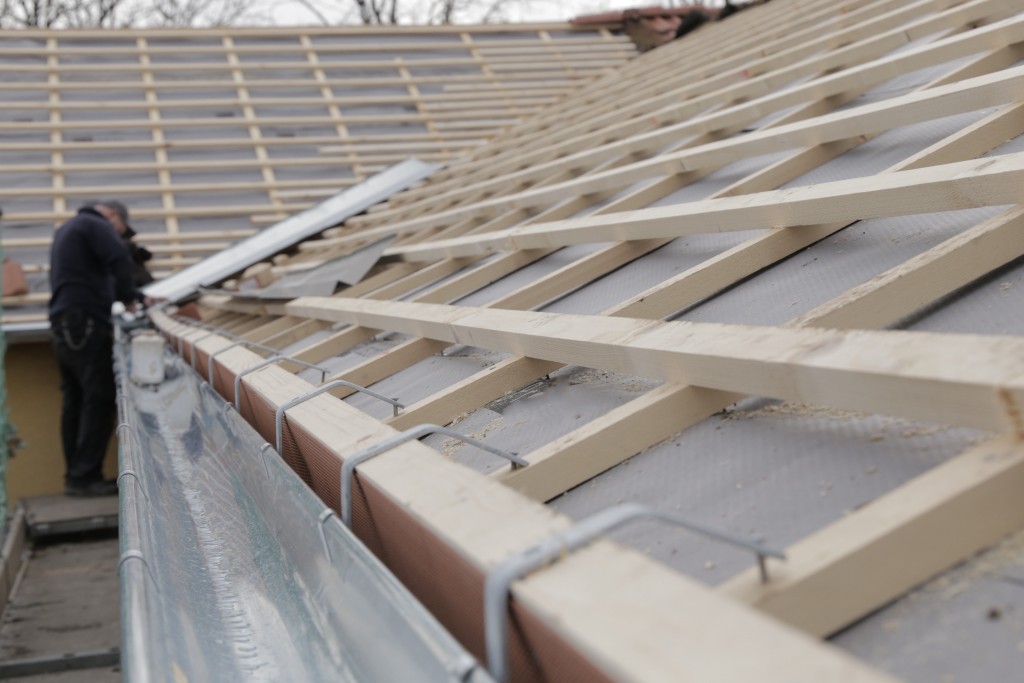Dampness and water intrusion can take a toll on your home and its overall value. Apart from structural damage, leaks and standing water can ruin your interior fixtures and bring health risks to your household.
As a homeowner, it’s best to take a preventative approach before small issues escalate into expensive consequences. Follow these easy fixes to achieve a waterproof home.
Roof
This is your primary defense against the natural elements, so you need to ensure it’s always in tip-top shape.
Inspect your roof at least twice a year, before and after winter. Skylights, chimneys, and plumbing vents are susceptible to wear and tear, so ensure they’re properly sealed. Frequent sun exposure can weaken caulking, rubber collars, and other waterproofing materials quickly. Make sure these components are always checked and resealed. In addition, a well-protected roof prevents heat from escaping, saving you money on your energy bills.
Flat roofs are more susceptible to water damage so regular inspections are a must. Watch out for ice dams that form along the roof edge. These are walls of ice and snow that traps water, causing serious roof decay and damage in your attic and exterior walls.
Decks
Water and moisture can wash away your deck’s color and natural resins, causing it to dull and weather. While you can’t completely protect your deck from exposure to the elements, applying strong sealants will help maintain its finish and make it look brand new.
You can also install an under deck ceiling which is a waterproof ceiling attached underneath your second story deck. The ceiling collects the rainwater that would fall between the deck boards, and transfers it into a rain gutter, keeping your deck dry and functional.
You may need to hire an under deck contractor and factor in building costs, but it’s a worthy investment that can protect your home and increase its value.
Foundation
Keeping your concrete foundations dry is essential to a strong and long-lasting structure.
Concrete is porous which means water and water vapor can easily penetrate it. Even the most rock-solid concrete foundations can develop cracks over time. Additionally, wet basements and crawl spaces can breed mold which can eat away at walls, floorboards, and ceiling tiles. Exposure to damp and moldy environments may also cause several health issues, including eye and throat irritation, nasal stuffiness, and skin infection.
Fortunately, it’s fairly easy to waterproof and damp-proof your basement. You can use a dimpled membrane to prevent contact between groundwater and your walls. This creates a space for your wall to ‘breathe’. Filling in existing cracks with concrete sealant can also protect your home’s foundation from moisture and groundwater.
Gutters

Clogged gutters and drains can result in overflowing, which can desecrate your basement and outside walls. Standing water can also penetrate bricks and spoil your interior furnishings and paintwork.
Using a trowel, remove wet leaves and debris from your gutters at least once a year. Inspect the various joints and brackets of the guttering regularly for leaks. If there are, tighten the screws or replace the brackets entirely.
Waterproofing your home isn’t a one-time measure. Sealants can wear out over time, and daily exposure to the elements can bring untold damage. Consistently improving your waterproofing system will save you from unnecessary stress and costs in the long run.
